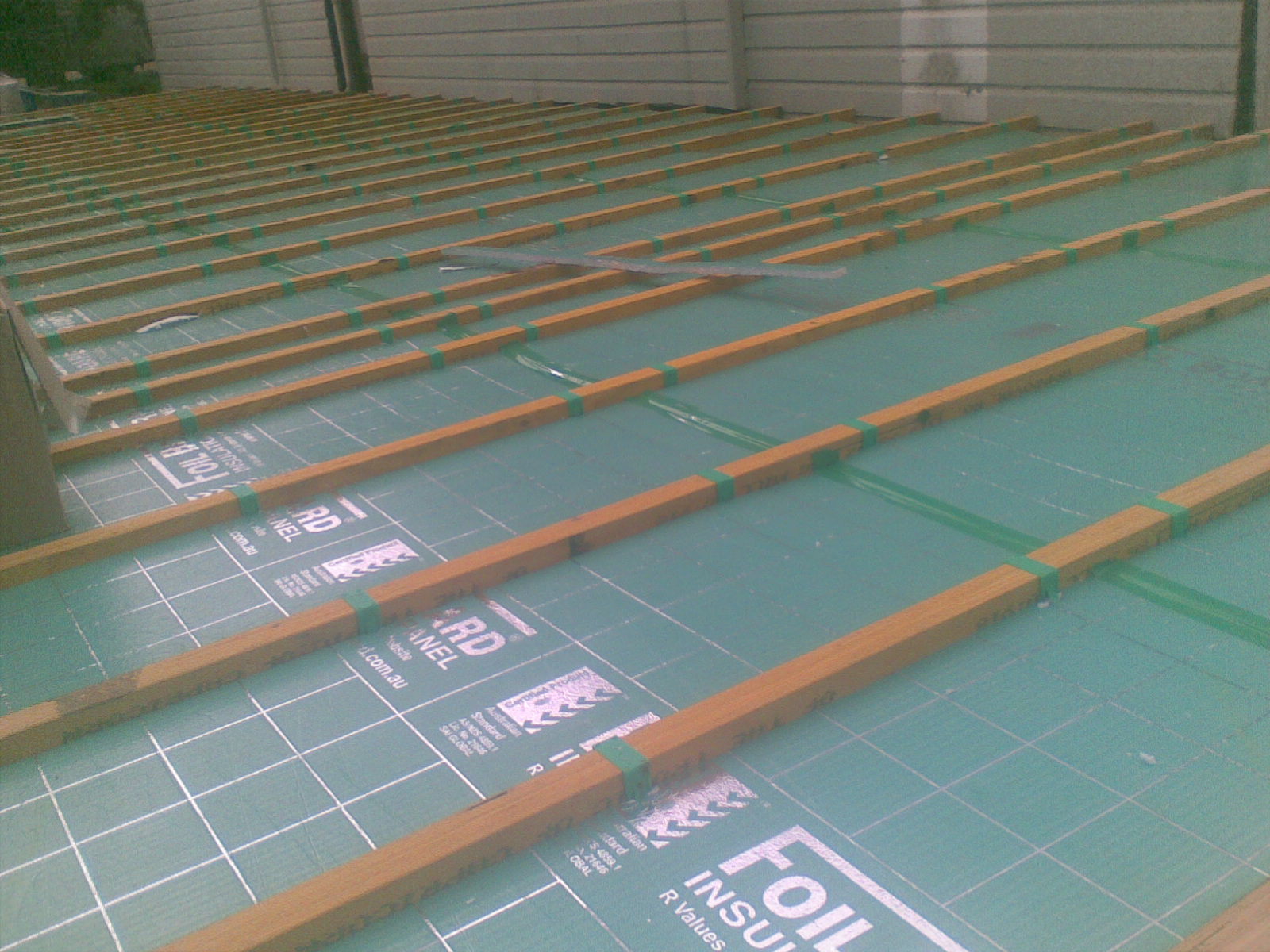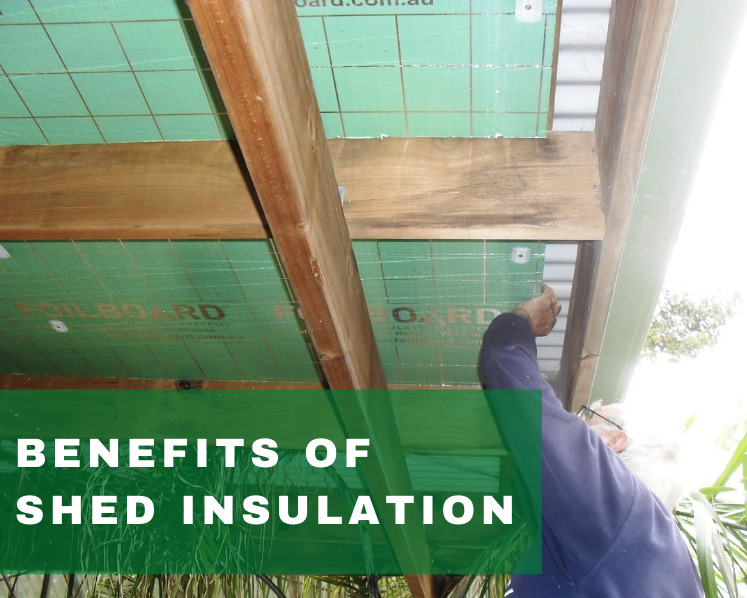
With summer in full swing and 30℃ + days becoming the norm, there is, without a doubt, the need for comfort in our homes. Over the last decade, the sun has become stronger and hotter due to environmental factors, and its best to keep yourself protected when temperatures begin to peak. One way to do this is to get a powerful cooling unit and run it to change your temperature indoors. While this works, it can be an extreme and inefficient way to create a balanced climate when used on its own. A more effective and effortless way to keep cool is to invest in insulation, which will help to stop heat from even entering your home in the first place. At this point, you might still find yourself engaging the air con, though it
will be far less.
If you live in a home with a basement, it is a clever idea to fit the basement with wall insulation to not only keep that area cool in
summer–but contribute to the thermal efficiency of the entire home. While the basement becomes a sanctuary from the heat in summer, it is actually going to benefit from wall insulation during the winter months the most, as it is already considerably cooler down there than the rest of your home. So when it
gets colder and colder outside, you can rest assured that the heat in your basement will stay put. In fact, around 33% of a home’s energy is lost through an uninsulated basement, which is counter to energy efficiency to say the least.
How Does Wall Insulation Work?
Wall insulation essentially creates a shield between your home and the heat outside, denying heat penetration. Foilboard for Wall Insulation basically becomes a
radiant barrier and reduces convection by sealing your home and therefore minimises conduction via heat transfer. Foilboard makes use of a mirror-like surface that essentially reflects heat away from the property it is protecting. In winter, a similar principle applies. Wall Insulation ensures that the heat inside a building is kept there, while it provides a great challenge to any cold that attempts to seep in. One of the best investments you can make for the winter months, however, is in underfloor insulation, as cold air tends to come in through the tiny gaps in the floor and hovers down below at feet level. By correctly treating this area, you can rest assured that your home is on its way to a high energy efficiency rating.
Why Choose Foilboard for Wall Insulation?
Foilboard for Wall Insulation was designed by experts in the industry to act as a weather proof shield with high thermal resistance. It is lightweight, safe to handle, and is manufactured to Australian Standards
which means that you are dealing with a high quality product. Foilboard for Wall Insulation is even guaranteed for the life of the building when installed correctly using our patented fasteners. It is extremely flexible and can be used in brick veneer, cavity walls, concrete walls, and cladded walls.
Can Wall Insulation be Installed in an Existing Basement?
The short answer is yes. While it is easiest to install Wall Insulation during the construction phase of a home, it is still possible to fit it after the fact, through a process known as retrofitting. Retrofitting is the process of adding insulation to a home once it has already been built. It winds up being less cost effective to do it this way, but in the long run should still save you money in terms of energy bills, and bring ahigher level of thermal efficiency and a better energy rating to your home.
If you would like to speak to someone about installing insulation in your home, feel free to contact an expert member
of the Foilboard team on 1800 354 717. With over 25 years experience in the industry, we have you covered.






